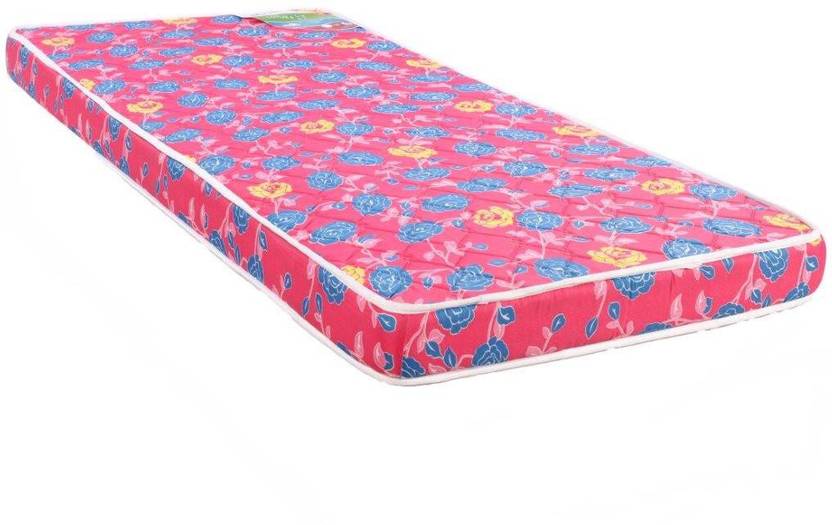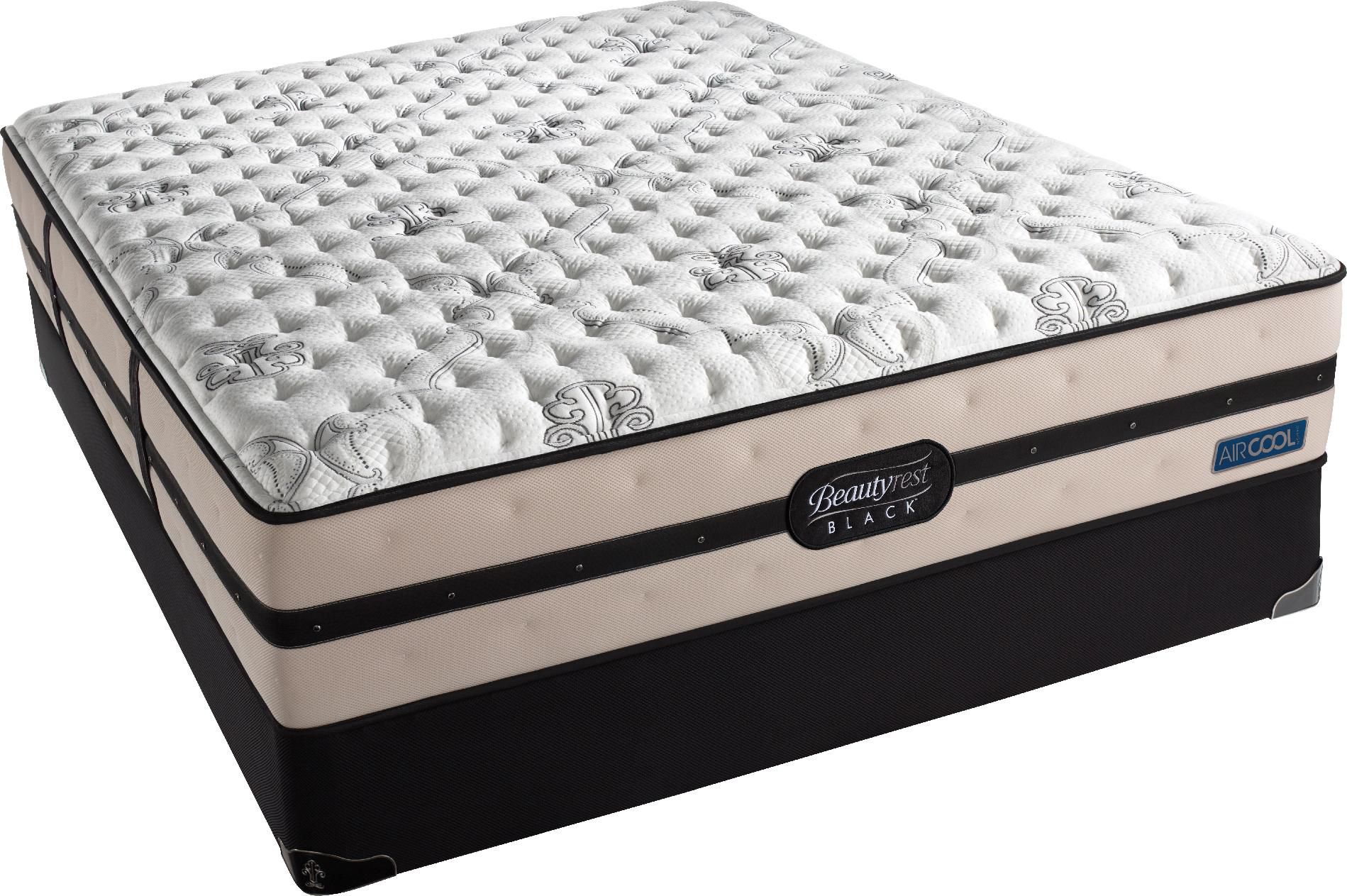If your kitchen sink suddenly stops running water, the first thing you should do is check the water valve under the sink. This valve controls the flow of water to your sink and may have accidentally been turned off or closed. Look for a small handle or knob near the pipes under your sink and make sure it is turned on. If it is already on, try closing and reopening it to see if that helps.1. Check the Water Valve Under the Sink
Sometimes, the reason for no running water in the kitchen sink is as simple as the faucet not being fully open. Check to make sure the handles or knobs on your faucet are turned all the way on. If they are, try turning them off and then on again to see if that helps. If not, you may have a more serious issue.2. Make Sure the Faucet is Fully Open
Clogged pipes are a common cause of no running water in the kitchen sink. Food scraps, grease, and other debris can build up in the pipes and block the flow of water. If you suspect this may be the issue, try using a plunger or a drain cleaner to clear the clog. You may also want to call a professional plumber to take a look and properly clear the pipes.3. Check for Clogged Pipes
If your kitchen sink has no running water, there could be a leak in the pipes. Look for any visible signs of water dripping or pooling under the sink. If you spot a leak, try tightening the connections on the pipes or replacing any damaged parts. If you are unable to find or fix the leak, it's best to call a plumber for help.4. Look for Leaks
The water supply line is the pipe that connects your sink to the main water supply. If this line is damaged or blocked, it can prevent water from reaching your sink. Check the water supply line for any kinks, leaks, or blockages. If you find any issues, try fixing them or replacing the line altogether.5. Check the Water Supply Line
The aerator is a small mesh screen located at the end of your faucet. This screen helps to filter out debris and maintain water pressure. However, it can become clogged over time, preventing water from flowing through. Try unscrewing the aerator and cleaning it out with a toothbrush and warm water. If that doesn't work, you may need to replace the aerator.6. Inspect the Aerator
If your kitchen sink runs on hot water, the issue may lie with your water heater. Make sure the water heater is turned on and set to the correct temperature. If it is not heating water properly, you may need to call a professional to fix or replace it.7. Check the Water Heater
In colder climates, frozen pipes can be a common cause of no running water in the kitchen sink. If you suspect this may be the issue, try using a hairdryer to thaw out the pipes. You may also want to insulate your pipes in the future to prevent them from freezing.8. Look for Frozen Pipes
If your kitchen sink is not getting enough water pressure, it may seem like there is no running water. Check the water pressure by turning on another faucet in your home. If the pressure is low throughout your house, you may have an issue with your main water supply. Contact your water company for assistance.9. Test the Water Pressure
If you've tried all of the above solutions and your kitchen sink still has no running water, it's time to call in the professionals. A licensed plumber will be able to diagnose and fix the issue, ensuring that your kitchen sink is back up and running in no time.10. Call a Professional Plumber
No Running Water in Kitchen Sink: A Common Issue in House Design
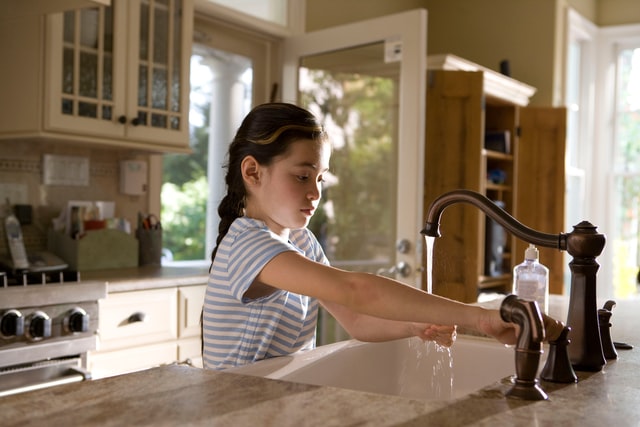
Understanding the Importance of Running Water in the Kitchen
 Having access to clean and running water in the kitchen is essential for any household. From cooking to cleaning, having a functional kitchen sink is a necessity. However, it is not uncommon for homeowners to encounter issues with their kitchen sink, particularly with the lack of running water. This can be a frustrating and inconvenient problem, especially if it happens frequently. But what could be causing this issue in the first place?
Having access to clean and running water in the kitchen is essential for any household. From cooking to cleaning, having a functional kitchen sink is a necessity. However, it is not uncommon for homeowners to encounter issues with their kitchen sink, particularly with the lack of running water. This can be a frustrating and inconvenient problem, especially if it happens frequently. But what could be causing this issue in the first place?
Common Causes of No Running Water in the Kitchen Sink
 There are several reasons why a kitchen sink may not have running water. One of the most common causes is a clogged or blocked water line. This can happen due to buildup of debris, food particles, or even mineral deposits from hard water. Another possible cause is a malfunctioning water pump, which is responsible for supplying water to the kitchen sink. In some cases, there may be issues with the plumbing system, such as leaks or damaged pipes, which can also result in no running water in the kitchen sink.
There are several reasons why a kitchen sink may not have running water. One of the most common causes is a clogged or blocked water line. This can happen due to buildup of debris, food particles, or even mineral deposits from hard water. Another possible cause is a malfunctioning water pump, which is responsible for supplying water to the kitchen sink. In some cases, there may be issues with the plumbing system, such as leaks or damaged pipes, which can also result in no running water in the kitchen sink.
How to Address the Issue
/close-up-of-overflowing-bathroom-sink-90201417-579787783df78ceb865822d8.jpg) If you are experiencing no running water in your kitchen sink, the first step is to check for any visible clogs or obstructions in the water line. You can try using a plunger or a drain snake to clear out any blockages. If this does not solve the issue, it may be necessary to call a professional plumber to inspect and repair any potential damage to the plumbing system. It is also important to regularly maintain your kitchen sink and water lines to prevent future problems from occurring.
If you are experiencing no running water in your kitchen sink, the first step is to check for any visible clogs or obstructions in the water line. You can try using a plunger or a drain snake to clear out any blockages. If this does not solve the issue, it may be necessary to call a professional plumber to inspect and repair any potential damage to the plumbing system. It is also important to regularly maintain your kitchen sink and water lines to prevent future problems from occurring.
Importance of Proper House Design for Functionality
 The lack of running water in the kitchen sink can be a major inconvenience for homeowners, highlighting the importance of proper house design. When designing a house, it is crucial to consider the functionality of each room, including the kitchen. This includes ensuring that the plumbing system is properly installed and maintained to avoid any issues in the future. It is also important to use high-quality materials and fixtures to prevent frequent breakdowns and repairs.
The lack of running water in the kitchen sink can be a major inconvenience for homeowners, highlighting the importance of proper house design. When designing a house, it is crucial to consider the functionality of each room, including the kitchen. This includes ensuring that the plumbing system is properly installed and maintained to avoid any issues in the future. It is also important to use high-quality materials and fixtures to prevent frequent breakdowns and repairs.
In Conclusion
 No running water in the kitchen sink may seem like a minor issue, but it can greatly affect the functionality and convenience of a household. By understanding the common causes and taking necessary steps to address the issue, homeowners can ensure a properly functioning kitchen sink. Proper house design and regular maintenance are also crucial in preventing such issues from occurring in the first place.
No running water in the kitchen sink may seem like a minor issue, but it can greatly affect the functionality and convenience of a household. By understanding the common causes and taking necessary steps to address the issue, homeowners can ensure a properly functioning kitchen sink. Proper house design and regular maintenance are also crucial in preventing such issues from occurring in the first place.




:max_bytes(150000):strip_icc()/under-sink-shut-off-valves-2718738-01-4584f904e3f84770bef0a44af58a73ac.jpg)


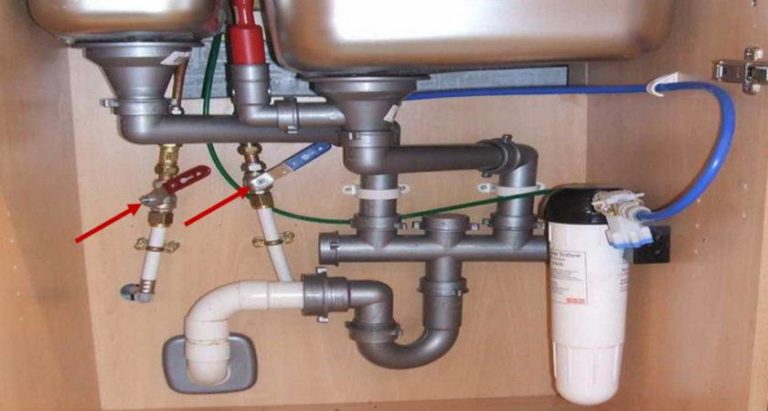


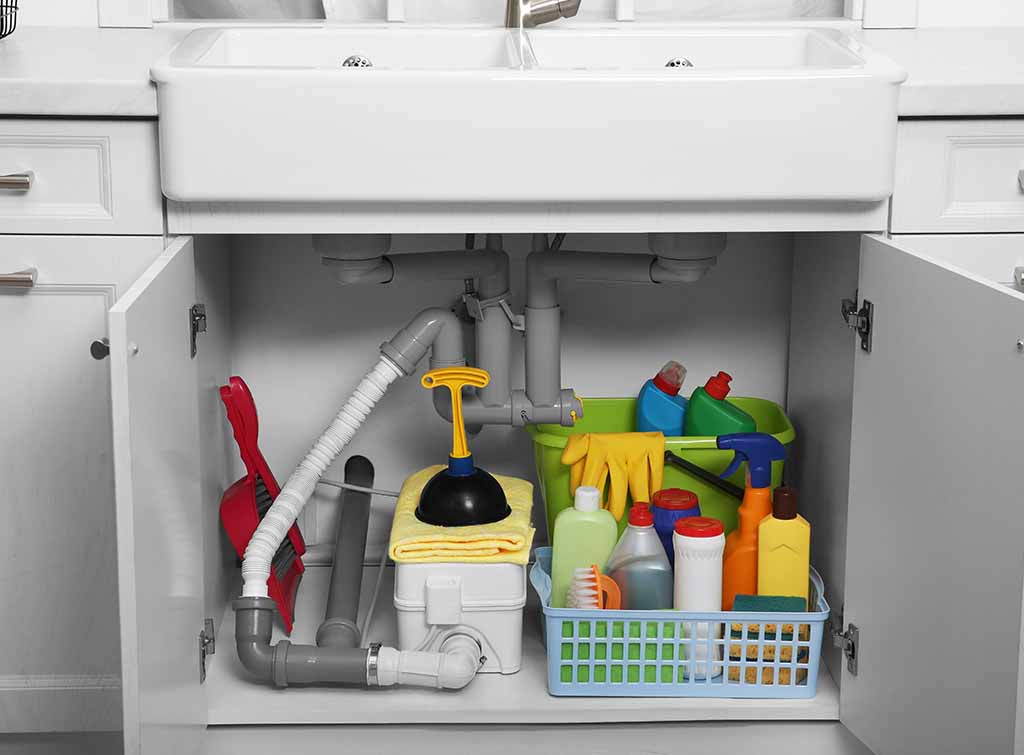
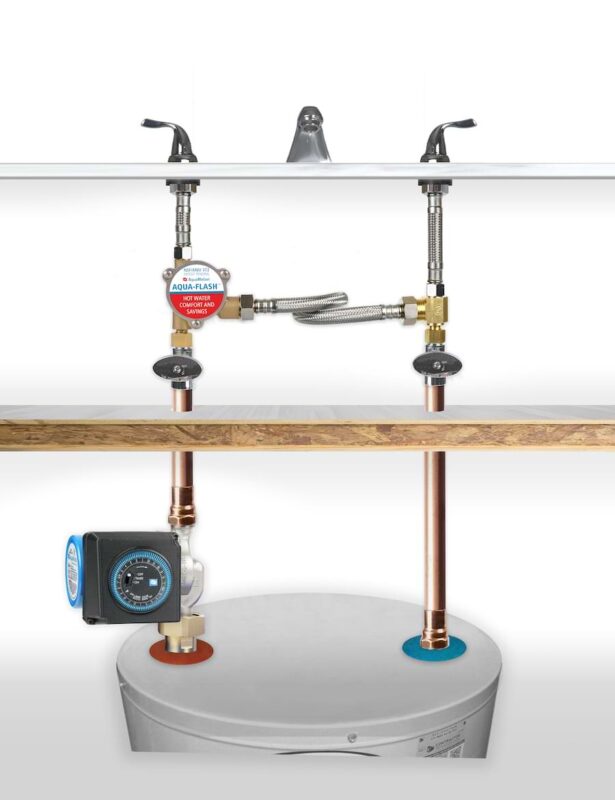
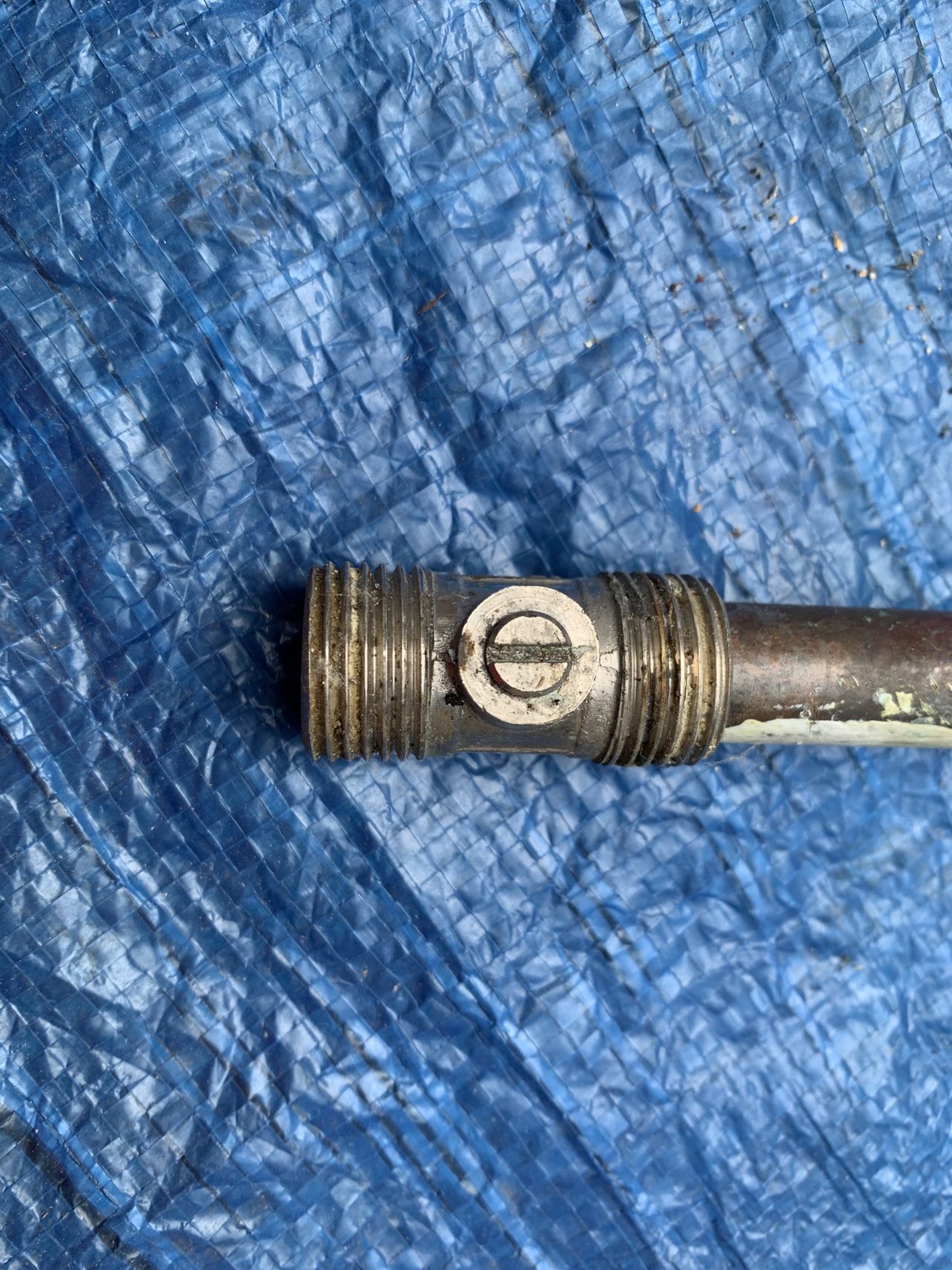

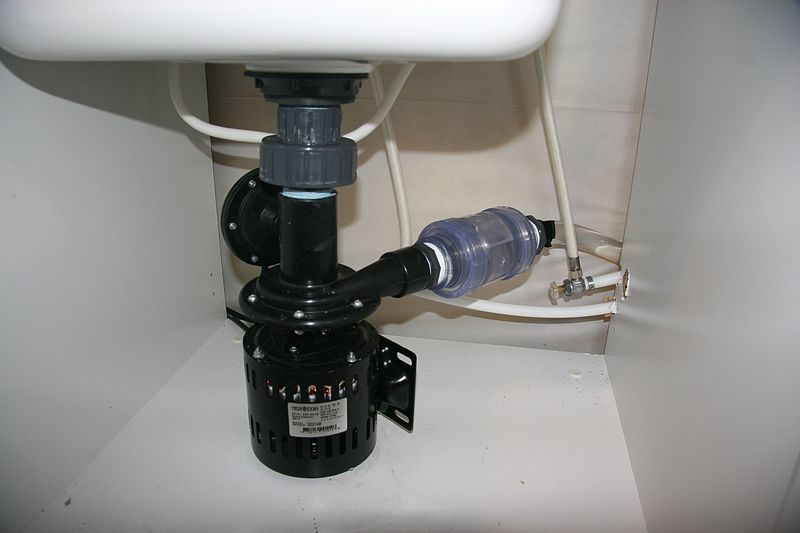

:max_bytes(150000):strip_icc()/sink-pipe-under-wash-basin-119001607-75542e154b364e7bb52032249f293908.jpg)





